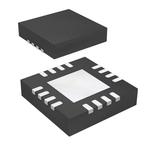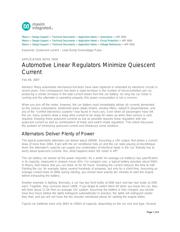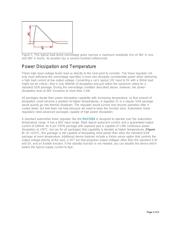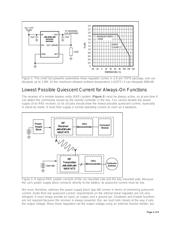下载

Maxim > Design Support > Technical Documents > Application Notes > Automotive > APP 3928
Maxim > Design Support > Technical Documents > Application Notes > Circuit Protection > APP 3928
Maxim > Design Support > Technical Documents > Application Notes > Voltage References > APP 3928
Keywords: Quiescent current - Load Dump Overvoltage Pulse -
APPLICATION NOTE 3928
Automotive Linear Regulators Minimize Quiescent
Current
Feb 09, 2007
Abstract: Many automotive mechanical functions have been replaced or amended by electronic circuits in
recent years. One consequence has been a rapid increase in the number of microcontrollers per car,
producing a similar increase in the total current drawn from the car battery. As long the car motor is
running and the alternator is operating properly, this power consumption is not a concern.
When you turn off the motor, however, the car battery must immediately deliver all currents demanded
by the various subsystems: windshield wiper-blade motors, window lifters, radio/CD player/stereos, and
any of the "comfort electronics systems" now found in most cars. Even when all passengers have left
the car, many systems draw a keep-alive current to be ready for wake-up when their service is next
required. Keeping these quiescent currents as low as possible requires linear regulators with low
quiescent current as well as combinations of linear and switch-mode regulators. This article discusses
the problem of minimizing quiescent current and introduces some solutions.
Alternators Deliver Plenty of Power
The typical automobile alternator can deliver about 3000W. Assuming a 14V output, that allows a current
draw of more than 200A. Even with the air conditioner fully on and the car radio playing at discothèque
level, the alternator's capacity can supply any combination of electrical loads in the car. Nobody has to
worry about quiescent currents. But, what happens when the motor is off?
The car battery can deliver all the power required—for a while! An average car battery's key specification
is its capacity, measured in ampere-hours (Ah). For compact cars, a typical battery provides about 50Ah.
In theory, that means that you can draw 1A for 50 hours. Doubling the current reduces the time to half.
Starting the car, for example, takes several hundreds of amperes, but only for a short time. Assuming an
average current draw of 300A during starting, you should have exactly ten minutes to start the engine
before exhausting the battery.
Another example is lighting. Normally, a car has two front bulbs at 50W each and two rear bulbs at 20W
each. Together, they consume about 140W. If you forget to switch them off when you leave the car, they
will draw about 11.5A from an average 12V system. Assuming the battery is fully charged, you should
have four hours before the lights extinguish automatically! In practice, the lights will extinguish earlier
than that, and you will not have the ten minutes mentioned above for starting the engine either.
Typical car batteries have only 36Ah to 100Ah of capacity, depending on the car size and type. Several
Page 1 of 8








